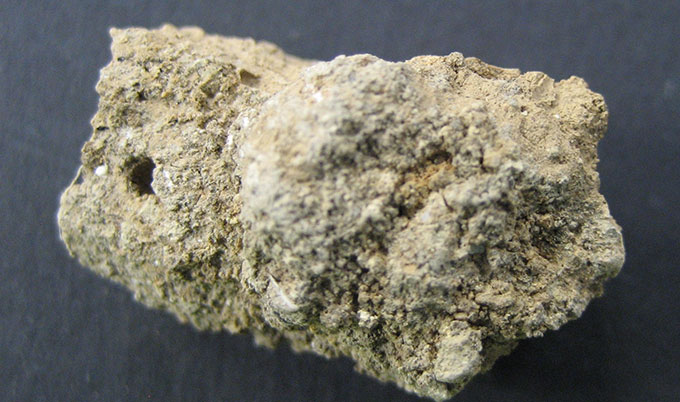ancient poo
Prehistoric faeces reveals evidence of infection among early farmers
Published on: 31 May 2019
Analysis of prehistoric poo by archaeologists at Newcastle University has helped uncover evidence that some of the earliest farmers were infected by an intestinal parasite.
Earliest evidence
The ancient faeces, from the prehistoric village of Çatalhöyük, Turkey, have provided the earliest archaeological evidence for intestinal parasite infection in the mainland Near East.
People first gave up hunting and gathering and turned to farming in the Near East, around 10,000 years ago. The settlement of Çatalhöyük is famous for being an incredibly well preserved early village founded around 7,100 BC. The population of Çatalhöyük were early farmers, growing crops such as wheat and barley, and herding sheep and goats.
The toilet was first invented in the 4th millennium BC in Mesopotamia, 3000 years later than when Çatalhöyük flourished. It is thought the people living at Çatalhöyük either went to the rubbish tip, called a midden, to open their bowels, or carried their faeces from their houses to the midden in a vessel or basket to dispose of them.
Researchers used microscopy to study preserved pieces of human faeces – known as coprolites - from a rubbish tip, and soil formed from decomposed faeces recovered from the pelvic region of burials. The samples dated from 7,100-6150 BC.
To determine whether the coprolites excavated from the midden were from human or animal faeces, they were analysed for sterols and bile acids. This analysis demonstrated that they were indeed of human origin.
Further microscopic analysis showed that eggs of whipworm were present in two of the coprolites, demonstrating that people from the prehistoric village were infected by this intestinal parasite.
Dr Lisa-Marie Shillito, Senior Lecturer in Landscape Archaeology, Newcastle University, and Dr Helen Mackay in Geography, were on the team that analysed the coprolites.
Dr Shillito said: "I have worked at Catalhoyuk for over a decade, and it used to be that when we found these coprolites, people assumed they were from dogs. But after analysing the lipids it became clear that most of them were from humans. The fact we have this human waste right next to where people were living shows that these people had very different ideas of clean and dirty than we have today. This new study has shown that one of the consequences of this was infection with intestinal parasites."

Lifestyle change
The study, which is published today in Antiquity, was led by Dr Piers Mitchell of the University of Cambridge’s Department of Archaeology.
“It has been suggested that this change in lifestyle resulted in a similar change in the types of diseases that affected them,” he said. “As the village is one of the largest and most densely populated of its time, this study at Çatalhöyük helps us to understand that process better.
“Now we need to find ancient faecal material from prehistoric hunter gathers in the Near East, to help us understand how this change in lifestyle affected their diseases.”
Whipworms are 3-5cm in length, and live on the lining of the intestines of the large bowel. Adult worms can live for 5 years. Male and female worms mate and their eggs are mixed in with the faeces. Whipworm is spread by the contamination of food or drink from human faeces that contain the worm eggs. A heavy infection with whipworm can lead to anaemia, diarrhoea, stunted growth and reduced intelligence in children.
The project also involved researchers from the University of Bristol Life Sciences Mass Spectrometry Facility; Department of Archaeology and Art History, Koç University, Turkey; University of Bordeaux, France; and Stanford University.
Reference: ‘Parasite infection at the early farming community of Çatalhöyük’ Marissa L. Ledger, Evilena Anastasiou, Lisa-Marie Shillito, Helen Mackay, Ian D. Bull, Scott D. Haddow, Christopher J. Knüsel and Piers D. Mitchell. Antiquity DOI: 10.15184/agy.2019.61
Press release adapted with thanks to the University of Cambridge



